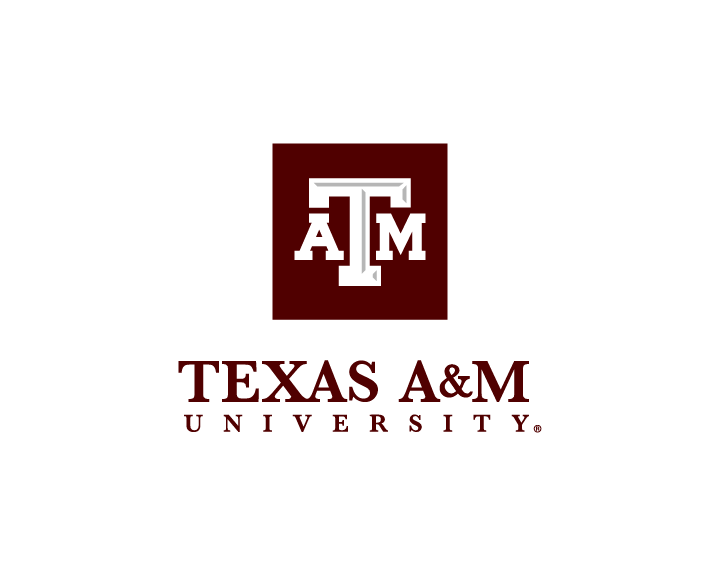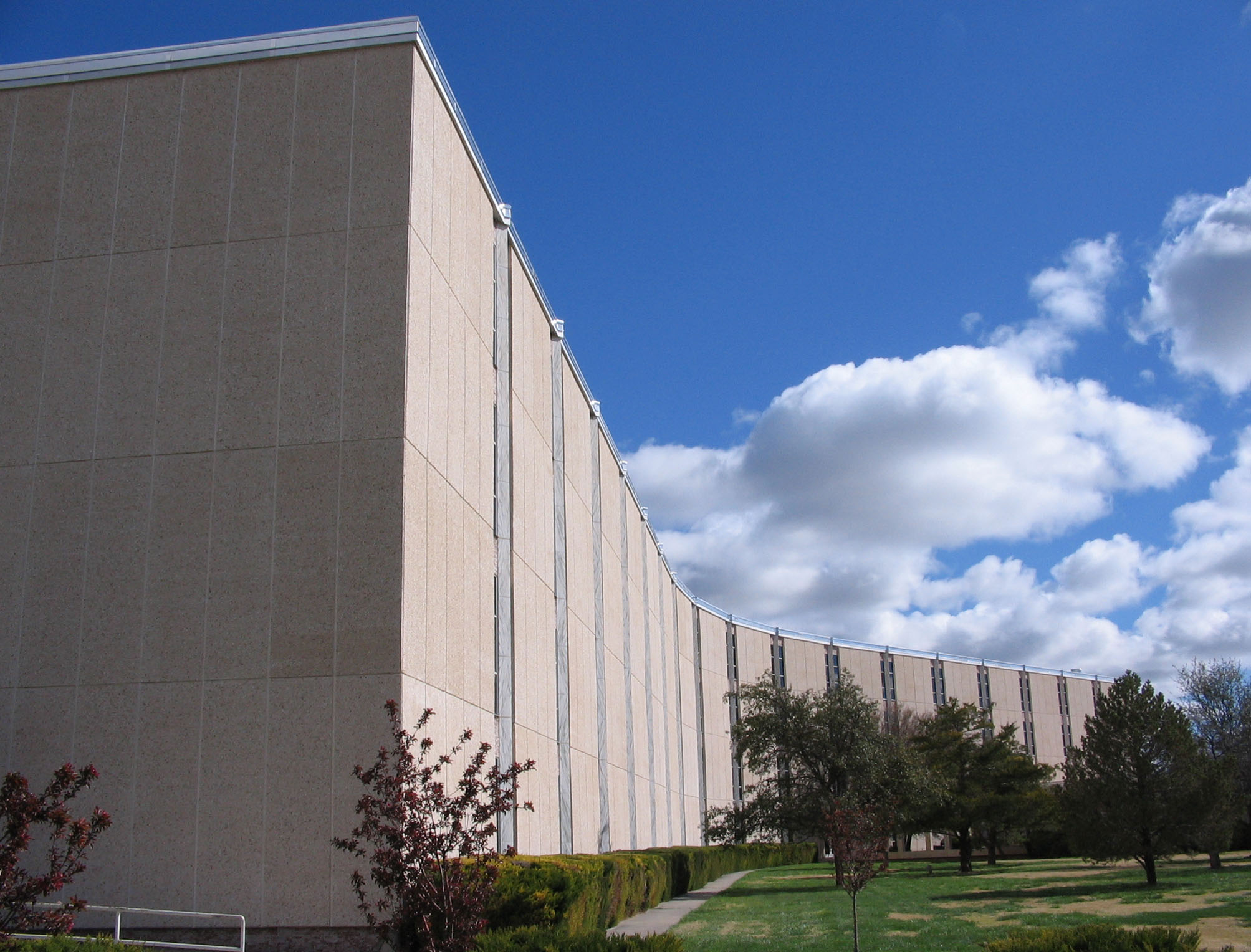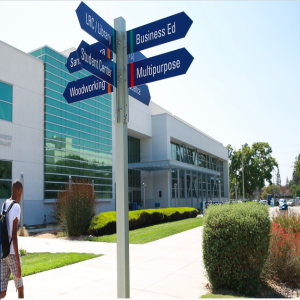Dr. Cope began using Turnitin Feedback Studio when he joined the faculty in 2015. Dr. Cope’s courseload grew and so did his use of Feedback Studio; not only did it help him to prevent plagiarism, but it also offered him an effective and thoughtful way to provide feedback.
“My classrooms are typically about 70-90 students and I have four classes each semester, so the grading is heavy. I need something to reduce that time, but still give [students] decent feedback.”
After adopting Turnitin as part of his classroom, Dr. Cope, now freed from spending time grading and enabled to innovate, wondered if there was a way to use Turnitin to pioneer coursework for the engineering curriculum.
ResultsDr. Cope applied for and received a TAMU grant that supports professors in creating blended learning (or “flipped”) courses. Blended learning is a hybrid teaching methodology that delivers instructional content online and outside of the class so that when students arrive at the classroom, they can focus on collaborative work and interactive discussions. His grant funds enabled him to purchase additional course materials and to attend advanced training sessions and online courses in order to more efficiently implement Turnitin and other digital tools in his flipped classroom.
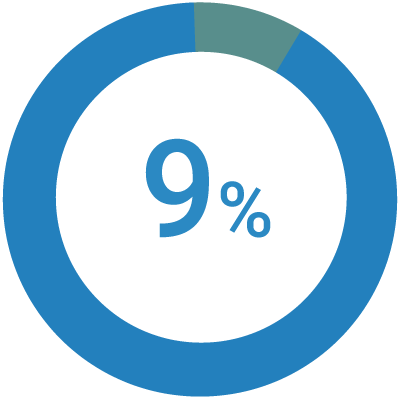
Increase in total student submissions.
Armed with technology, as well as the fervent support of the Instructional Technology Services (ITS) team and his fellow colleagues, Dr. Cope developed and launched his blended learning engineering course. The positive feedback was immediate: students and colleagues alike saw the real value in trading lecture time for in-person, problem-solving time. “I [took] lecture material out of the classroom [and] let the students do that on their own [with online videos]. Then we use the classroom for group work. Everything is about problem-solving, so we get in there and work together.”
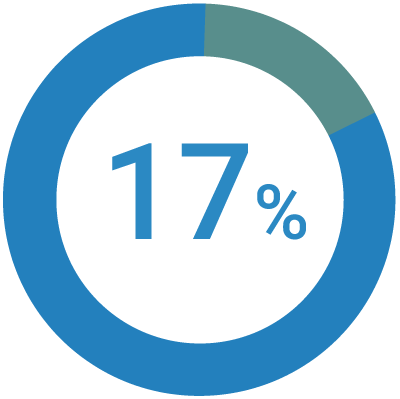
Increase in instructors using Feedback Studio across the campus
Over 320 students in the Engineering program at Texas A&M have benefitted from Dr. Cope’s flipped classroom structure and streamlined grading process. Dr. Cope is already imagining how this class will continue to evolve, especially with its potential to become a compelling distance learning course.
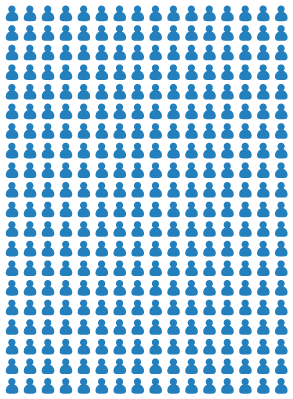
Over 320 students benefitted from Dr. Dale Cope’s flipped classroom model
![[alison_2020__1616499243:MEDIASTORE_LEAF]@66d60f6](../assets/images/resources/image-block-images/alison-2020-1616499243.jpg)
“If we want to be able to offer the course to people who are not here on the main campus, it’s now doable because they can look at the lecture video. They can submit stuff online with [Feedback Studio] and they don’t have to physically be in the classroom.”
Learn more about Feedback Studio at turnitin.com/products/feedback-studio
![[dale_cope_tamu_headshot:MEDIASTORE_LEAF]@28e0df33](../assets/images/resources/image-block-images/dale-cope-tamu-headshot.jpg)
My classrooms are typically about 70-90 students and I have four classes each semester...I need something to reduce that time, but still give [students] decent feedback.”
